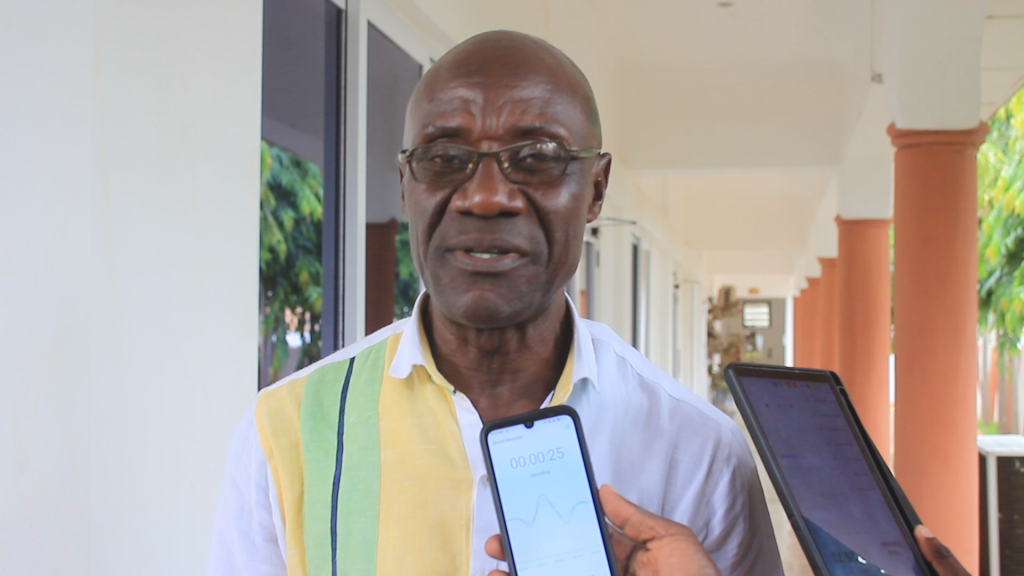The Ghana Meteorological Service (GMET) has offered explanations why northern Ghana suffered a dry spell in the 2024 crop season.
According to Gmet, the prolonged period between July and August dry spell was as a result of the position of the ITB (Inter tropical boundary).
It explained that the ITB shifted rapidly to the Sahel zone such as Burkina Faso and Mali. The greater the distance of the ITB to the location the longer the dry spell, the agency explained.
Meteorological Officer for Northern and North East regions, Mr Paul T. Stephens gave the explanation at an emergency meeting organized by regional department of agric with support from USAID Policy link.

It was to deliberate on emergency responses and actions to mitigate the July-August prolonged dry spell in northern Ghana in Tamale. Mr Stephens explained that ITB towards the sun warming of the area low pressure cloud formation (rain).
The North and Savanna long dry spell Mr Stephens said was due to the distance of the ITB as compared to Upper West but the Upper East was not affected due to the nearness from the ITB.
The Ghana Meteorological Service (GMET) is therefore advising farmers in Northern Ghana to pay keen interest in their seasonal forecast between 2-3 months (ending of February and March) ahead of the rainy season seriously.
Gmet, he assured that iits content should well be understood by all stakeholders and recommendations should not be taken for granted.
Regional director of the agency, Mr Paul Stephens at an emergency meeting said the Gmet research department is researching how to come up with more innovatively ideas for every forecast to be understood and well spelt out.
He assures all stakeholders that Gmet forecasting is up to standard due to standard equipment available and encourages farmers to be abreast with latest information from Gmet before embarking on their farming activities.

The Gmet officer revealed that there is possible heavy rainfall from September to November and isolated and scattered rains in recent times.
Explaining scattered and Isolated rains, Mr Stephens said anytime Gmet forecast scattered rain, it means it will rain in most parts of Tamale city but isolated rain means rain in town but not rain outside Tamale.
The meteorological officer insisted that Gmet forecast for September, October and November rains and if the rain doesn’t come, the possibility of flooding in Tamale is high.


